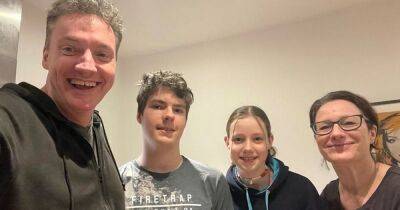'I'm in an internet wormhole on Google Maps and then I notice something about Manchester'
If you were to gaze up on Deansgate, you’d feel dizzy.
You can be dazzled at the pace of change in Manchester. It’s well documented how tall the city is growing, with plans to cross the 70-storey threshold in the works, but it’s on the ground too.
Roads - like Deansgate - are becoming car-free. Waterways are being cleaned up to make them pedestrian motorways and to link leisure spaces together.
READ MORE: Enjoy a stroll and some window shopping on Manchester's King Street in the 1980s
None of this should come as too much of a surprise, with every city in the country changing, growing, and adapting as time goes by. But, this week, a late-night internet wormhole made me realise how much the city has changed in the last 15 years.
Why the last 15 years? Because 2007 is when Google launched Streetview, the wonderful tool to see what roads actually look like. A lot of Manchester started being photographed by 360-degree cameras in 2008, and now it’s much easier to see how much the city has changed.
On my late-night-insomnia-Streetview-odyssey, I started in Ancoats - Manchester’s poster-child of urban renewal/gentrification (delete as appropriate).
“Jesus Christ,” I whispered to myself when I dragged the timeline slider back to July 2008. I had just gone from seeing New Islington Marina — which is now home of the oat milk latte-sipping, sausage dog owning rented gentry - regress back to miles of overcast wasteland. The only recognisable landmark was the medical centre which kick-started it all.
Next, I clicked my way down to The Bridgewater Hall, and Manchester Central. Those two, plus Beetham Tower, have been constants on Streetview, although the latter was less than two years old when the first images were captured.
But








